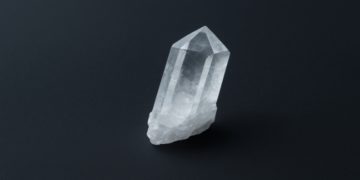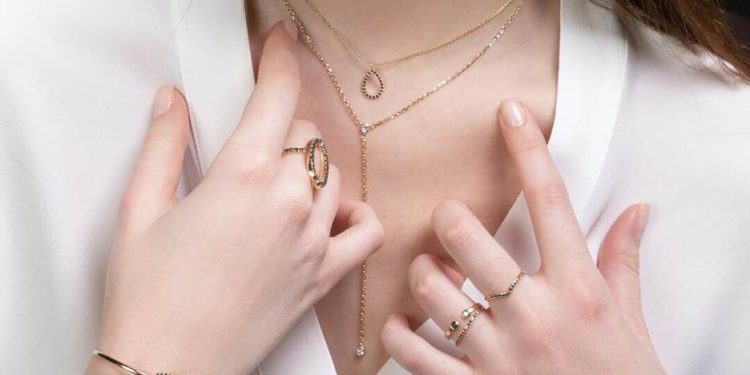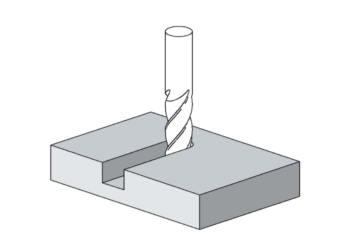Jewelry carries memories and emotions. When someone gives a necklace, ring, or bracelet, it often holds deep meaning and love. But have you ever stopped to wonder how these beautiful pieces come to be? What makes fine jewelry so special and shines so brightly?
The beauty of fine jewelry doesn’t come from machines alone. It starts with an idea, a tiny spark in someone’s mind. Then, with skillful hands and careful eyes, a jeweler brings that idea to life.
It is not just about tools and metal; it involves heart, attention to detail, and time. If you want to understand what makes these treasures so amazing, keep reading and discover the magic behind every piece.
From Idea to Creation
Every piece of fine jewelry begins as a design. A jeweler imagines a shape or style, sometimes inspired by nature, like the curl of a leaf or the sparkle of stars. Other times, the design reflects a person’s story or dream. The idea is first sketched on paper with soft lines and gentle curves.
Once the design feels just right, the jeweler chooses materials carefully. These could be gold, silver, or other metals, combined with stones like diamonds or pearls. Every choice matters because it affects how the piece looks, feels, and shines.
The crafting process follows. The metal is melted, shaped, and cooled. It is then filed and polished until it feels smooth like silk. When stones such as diamond studs are included, each gem is set by hand. Each step makes the final piece both strong and beautiful.
Why Handmade Jewelry Matters
Many jewelry pieces you see in stores are made by machines. These items are produced quickly and cheaply, but they lack the care and heart of handmade jewelry. Creating fine jewelry by hand takes more time and patience, and the difference is clear.
A handmade ring might have tiny lace-like details on the band, while a hand-set necklace might catch the light perfectly because of how the gem is placed. You might not notice all the effort, but you can feel it when you wear the piece. It fits better, lasts longer, and feels more personal.
The Tools Behind the Craft
Jewelry-making doesn’t require giant machines. Instead, jewelers use small, simple tools like tiny hammers, little saws, and careful flames. With these, they bend metal, shape it, and bring the design to life. One essential tool is the loupe, a small magnifying glass that helps the jeweler see every detail closely to spot any flaws before the piece is finished.
Polishing wheels are used to make the jewelry smooth and shiny. This process is about more than appearance; it also ensures comfort so that rings and earrings don’t scratch or poke the wearer. Every edge is rounded and every surface perfected, which takes time but makes the jewelry truly special.
The Role of the Stone
When people think of fine jewelry, they often picture gems like diamonds, rubies, sapphires, or emeralds. These precious stones are rare treasures formed deep inside the earth over millions of years through natural processes. However, gems come in many sizes, colors, and shapes, each unique in its own way.
A skilled jeweler carefully chooses the perfect stone by looking closely at its shine, color, and cut in different lights. After selecting the gem, the jeweler plans how to set it so that it stands out and stays firmly in place.
Whether it’s a bold centerpiece or delicate diamond stud earrings, the stone must fit snugly in the metal-not too tight and not too loose. When set just right, the gem sparkles brightly and feels like a true part of the jewelry piece.
Jewelry That Tells a Story
Many people wear jewelry to feel connected to something or someone special. It could be a necklace passed down from a grandmother, a bracelet bought on a memorable trip, or a ring given on a special day. Each piece carries memories and meaning.
Because of this, fine jewelry is often customized to match the wearer. Jewelers might talk to a customer about their life and passions to create a piece that tells their story in gold or silver. It could be a charm shaped like a heart, a birthstone set in a ring, or initials carved so finely you need to look close to see them.
Every time someone looks at their jewelry, they remember what it means. This is why fine jewelry matters- it holds more than metal; it holds memories and emotions.
Caring for Jewelry So It Lasts
Once a piece is made, it needs care to keep its shine and beauty. Jewelry should be cleaned gently and stored safely. It is best not to wear fine pieces during rough activities or when using your hands heavily.
Jewelry can also be repaired or altered. A ring that becomes too small can be resized, and a broken clasp can be replaced. A good jeweler will help you keep your piece looking beautiful for many years.
Regular check-ups can catch small issues early, preventing bigger problems and ensuring your treasured jewelry stays as stunning as the day you got it.
A Treasure for Generations
Fine jewelry is made to last, often passed down through families like a story without end. Each scratch or mark adds to its history, and every shine brings back a smile.
This lasting quality sets fine jewelry apart from everyday items, making it a source of pride and deep connection that spans generations and memories.
Fine Jewelry: More Than Just a Sparkle
Fine jewelry carries the heart of the maker, the story of the owner, and the joy of memories. Whether bold or subtle, bright or soft, it always means something special.
So next time you see a necklace, ring, or bracelet, take a moment to think about the hands that made it, the fire that shaped it, and the care that brought it to life. Behind that little sparkle is a world of love- and maybe a bit of magic too.
For more on this topic, check out the rest of our blog!











































































